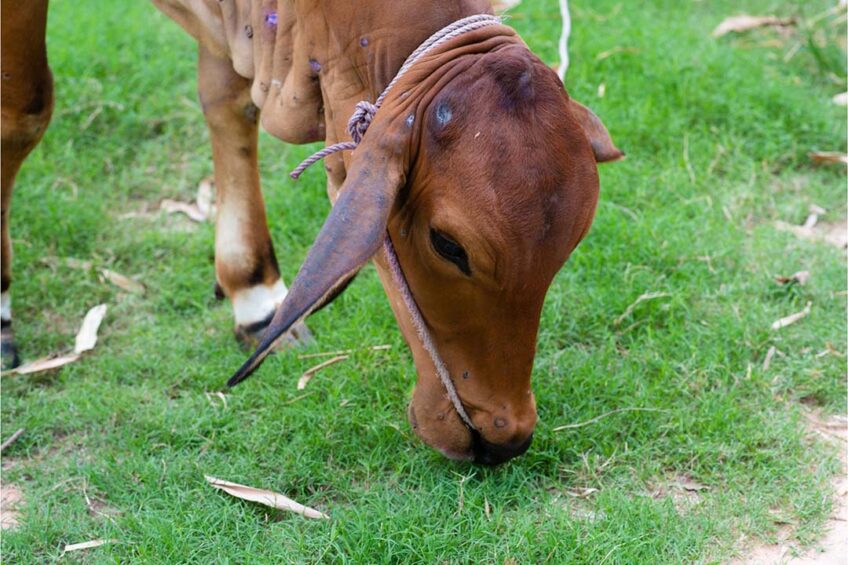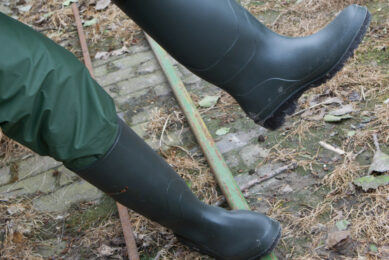Lumpy skin disease: Containing it in Asia, preventing entry into Australia

Lumpy skin disease (LSD) is a serious viral infection that has caused the death of hundreds of thousands of dairy and beef cattle in India, Nepal, Indonesia and many other Asian countries.
LSD was discovered in Zambia in 1929 and has since spread to other countries in Africa, the Middle East, Eastern Europe and beyond. Only a small percentage of infected bovines die from the disease. However, in a March 2024 paper on the genetics of the LSD virus, scientists from China note that LSD can “lead to symptoms such as severe reduction in milk production as well as infertility…which has resulted in dramatic economic loss in affected countries.” This team has found multiple lineages of LSD virus present across various regions in Asia.
Preventing entry
Australia is taking strong proactive measures against LSD entering the country, “from stringent port biosecurity to industry-wide preparedness initiatives,” as reported local media last week. LSD arrival “could decimate cattle populations, disrupt the economy and impose stringent international trade restrictions.”
Indeed, Indonesia suspended trade from four Australian facilities in August last year after it detected a small number of imported cattle positive for LSD, but it’s generally now accepted that these cows contracted LSD upon arrival and the ban was lifted in September.
However, since then the Indonesian government has rejected some Australian cattle with skin blemishes, which could be 30% of cattle in a shipment. (Note also that in March 2024, Indonesia again suspended live cattle imports from one Australian export yard while authorities investigate the recent deaths of over 150 animals on a transport ship, but botulism is suspected.)
Impending arrival
Despite preventative measures, it is expected that LSD will arrive in Australia at some point. The virus is mainly spread by biting insects, with higher temperature and increased rainfall being factors that increase insect activity.
“There’s a high risk of infected insects entering Australia through international ports or by traveling across the sea to northern Australia,” a team of researchers from the University of Queensland stated recently. “Another possible mode of entry for infected insects is through illegal fishers landing on the Australian coast.”
These scientists note that whilst the Australian government has a plan to detect and respond to an outbreak (including securing a supply of vaccine in October 2023), a model is critical to anticipate spread and they are developing such a model.
Beyond cattle
LSD affects cattle and buffalo species, but up to this point, there have been no reports of LSD in mithun (Bos frontalis), a species of oxen also called gayal found in Northeast India, Bangladesh, Myanmar and parts of China.
However, in March 2024, it was confirmed in this species in India.
Join 13,000+ subscribers
Subscribe to our newsletter to stay updated about all the need-to-know content in the dairy sector, two times a week.










